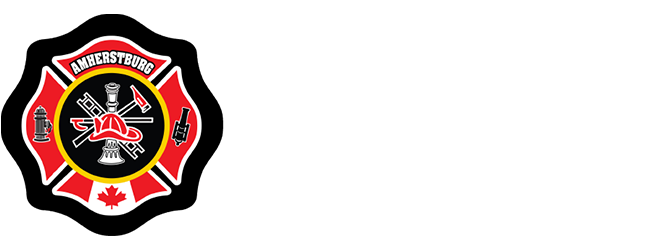Campfire Safety Guidelines
All it takes is one spark for things to go wrong. A carelessly abandoned campfire or a campfire built without safe clearance can turn a small fire into a dangerous and fast-moving blaze. Be sure to build your campfire in a way that does not endanger anyone or the surrounding forest. Enjoy a safe campfire by following these campfire safety tips:
- Check the local open air by-law on open-air burning restrictions and follow local burning regulations. Keep up-to-date on fire bans in the area.
- Never build a campfire on a windy day. Sparks or embers from the fire could travel quite a distance setting an unintentional fire.
- Watch the wind direction to ensure sparks aren’t getting on flammable materials. Put the fire out if wind changes begin to cause concern.
- Build campfires where they will not spread; well away from tents, trailers, dry grass, leaves, overhanging tree branches or any other combustible.
- Build campfires in fire pits provided or on bare rock or sand, if no fire pit is provided.
- Maintain a 2 to 3.5 metre (6 – 10 foot) clearance around your campfire.
- Build a campfire surround with rocks to contain your campfire. Be aware that rocks obtained from the river may explode due to moisture in the rock becoming superheated by the campfire.
- Never use gasoline as an aid to starting a campfire.
- Secure all lighters and matches and keep them out of children’s reach.
- Keep campfires to a small, manageable size no more than 1 metre (3 feet) high by 1 metre (3 feet) in diameter and don’t let it get out of hand.
- Don’t burn garbage in your campfire. The smell is unpleasant for you and your neighbours, and may attract animals to your campsite.
- Keep all combustible materials, including flammable liquids, propane cylinders, lighting fluid, etc. away from the campfire.
- Stack extra wood upwind and away from the campfire so that sparks from the campfire cannot ignite your woodpile. Have sufficient wood on hand to eliminate the need to leave your campsite to restock.
- Never leave campfires unattended. Supervise children around campfires at all times and never allow horseplay near or involving the campfire, such as jumping over a campfire. Do not allow children to run around near a campfire.
- Loose clothing can easily catch fire. Never reach into a campfire to rearrange pieces of wood.
- Teach children how to STOP, DROP and ROLL should their clothing catch on fire. Teach children to cool a burn with cool running water for 3 – 5 minutes.
- Keep plenty of water and a shovel around to douse the fire when you’re done. Use caution when applying water to the campfire. Once the water has been applied, stir the dampened coals and douse it again with water. As an added precaution, shovel sand or dirt to cover the dampened coals to smother any remaining embers.
- As little as 1 second contact with a 70°C (158°F) campfire can cause 3rd degree, full thickness burns.
- The average campfire can get as hot as 500°C (932°F) in as little as 3 hrs.
- The majority of children are burned the morning after a fire from coming into contact with hot ashes or embers.
- A campfire left to burn itself out or put out with sand only was still 100°C (212°F) eight hours later. The buried coals and embers retain their heat underground like an oven. There is also a risk that the fire may spontaneously re-ignite.
- A campfire put out with water is reduced to 50°C (122°F) within 10 minutes of applying the water and reduced to 10°C (50°F) after 8 hrs. The safest way to extinguish a campfire is with water.
Contact Us
Station #1
271 Sandwich St. S.
Amherstburg, ON N9V 2A5
519-736-6500
Station #2
3400 Middle Side Rd
Amherstburg, ON N9V 2Y9
519-736-5733
Station #3
6744 Concession 6 South
Amherstburg, ON N0R 1G0
519-736-6500
